For almost the entire duration of my recent trip to Chicago the weather was cold, and the skies gray… hardly the type of weather to be out photographing in. In fact, despite it being June, I regretted not bringing my cat hat. I ended up spending much of my time exploring the city’s lovely museums – including my personal favorite, the Museum of Science and Industry (yes, it has trains in it – including the Empire State Express 999, which I’ve posted pictures of before… photos that were taken by my former neighbor when the 999 was in Chatham).
In the few moments where the weather was nice, I did try and get out to take pictures. At one point I walked about a mile and a half to one of my favorite photographing spots in the city (shh… I’m not telling), only to have the clouds cover the sky again by the time I got there, making everything look like crap (or perhaps like my crappy photos of the Port Jervis line?). Even when the weather wasn’t against me, hipster winos were – two of the three days I was in town they rented out and locked up the Great Hall (I found this out too late). The Beaux Arts Great Hall at times seems at odds with the rest of the station, which other than a few attempts at Art Deco styling, is relative craphole and hardly photogenic. If I hadn’t gotten at least a few photos of the Great Hall when I first arrived I seriously would have cried. I guess Chicago is trying to tell me I need to get my ass back there again sometime soon.
Alas, here are a few of the semi-decent photos I took on my journey to Chicago. If you’re interested in seeing more train photography from Chicago, Tyler from I Ride the T has also visited the Windy city recently, and has a lovely set of photographs (and hopefully more to come soon!).
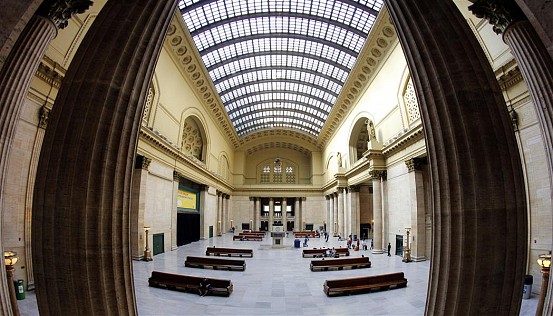 Â
 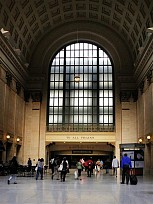 Â
 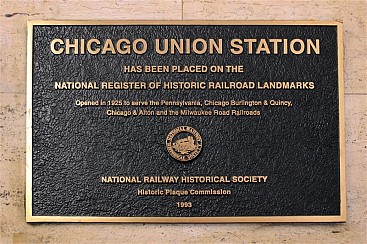 Â
 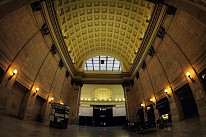 Â
 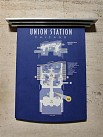 Â
  Â
 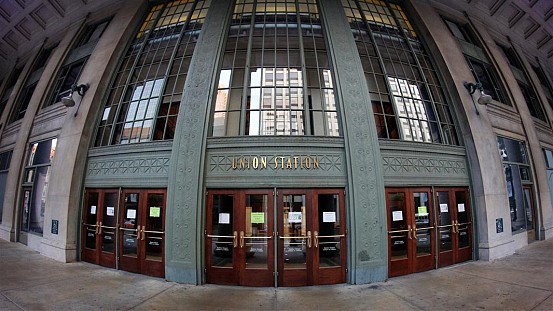 Â
 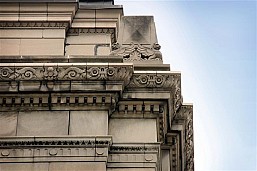 Â
 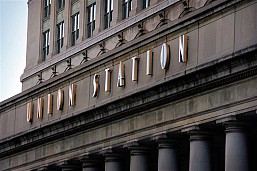 Â
 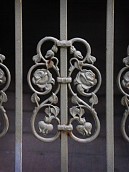 Â
 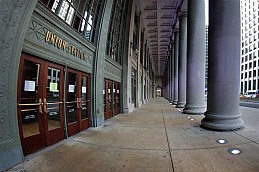 Â
 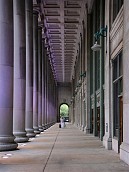 Â
 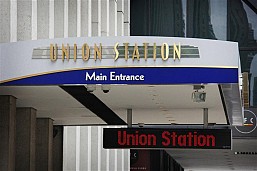 Â
 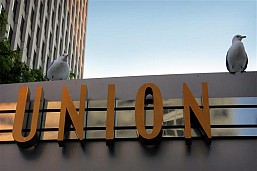 Â
 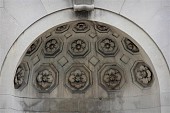 Â
 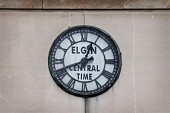 Â
 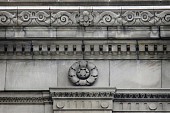 Â
 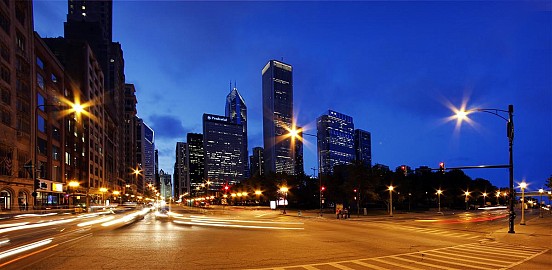 Â
 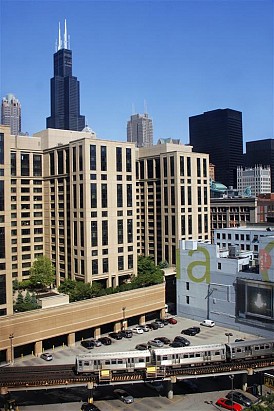 Â
 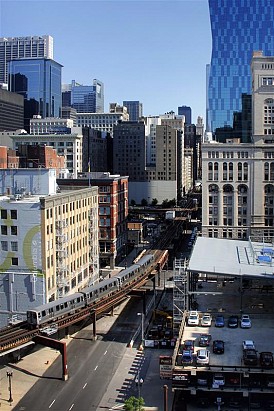 Â
 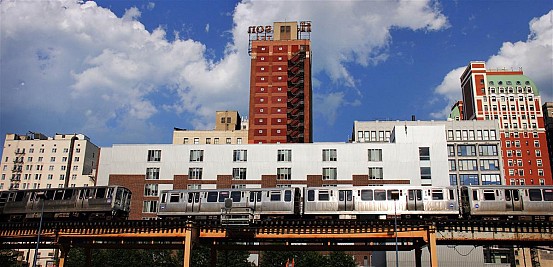 Â
 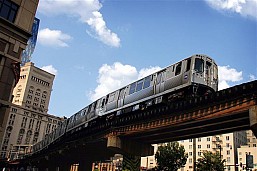 Â
 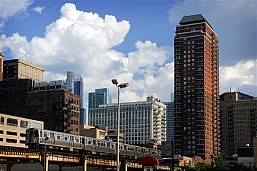 Â
 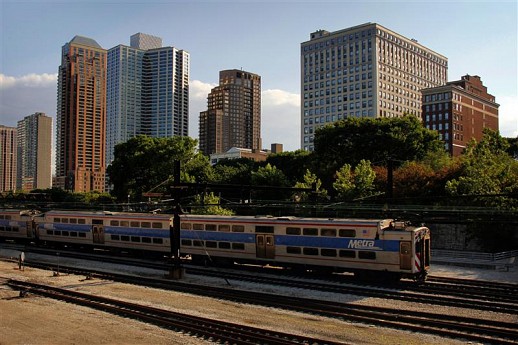 Â
 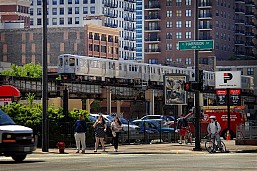 Â
 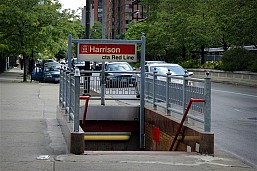 Â
 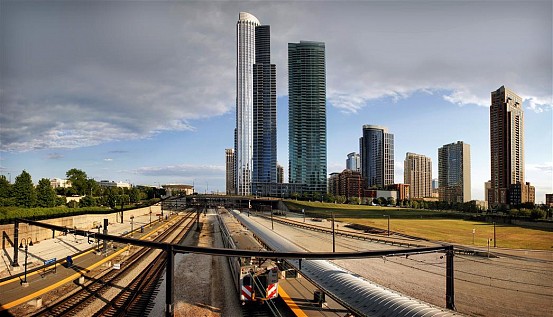 Â
 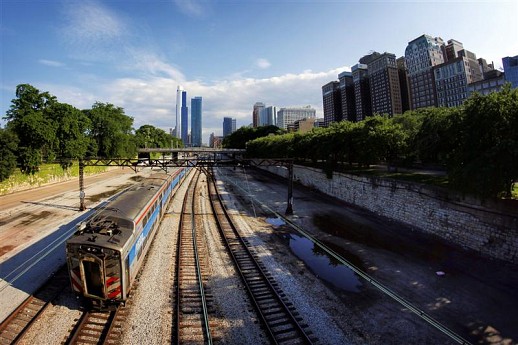 Â
 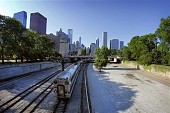 Â
 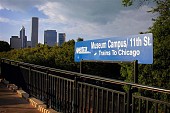 Â
 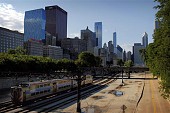 Â
  Â
 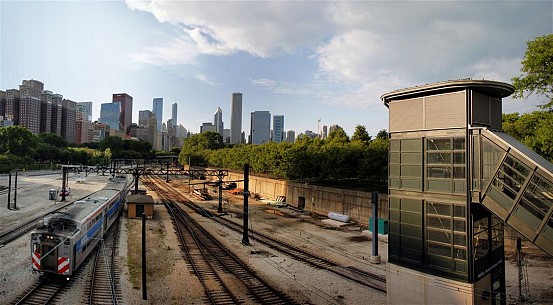 Â
  Â
Â

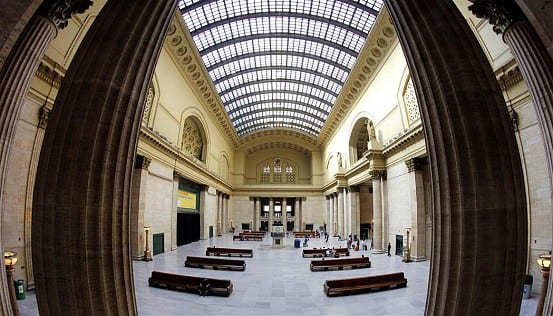
The concourse building at Union Station looked a lot like the train shed at Penn Station. Both were owned by The Pennsylvania Railroad and both were redeveloped as basements of something else, Madison Square Garden and a trading floor used for a while by the Chicago Mercantile Exchange. At the time there was little future expected for long-distance passenger trains, and the setup in Chicago works well for funnelling commuters from train to office or back again, but not for much else.
Yeah the concourse at Union Station was rebuilt in 1991 with the Faux Deco touches, but that’s about it. Because of all the support columns needed to support the office building above, it makes getting around the concourse quite difficult. At least we can enjoy the Great Hall (sometimes). I notice that Union Station has a completely different vibe than Grand Central Terminal… Union Station does not want you to stick around, it’s uncomfortable, and there’s nothing to do (and never mind trying to find something to eat after 6:00pm)…
For most of Union Station’s passengers (and there are a LOT of passengers, the daily volume would rank it among the top ten U.S. airports) there’s little reason to stick around. Purchase a coffee and trudge to the office in the morning, purchase a beer from the ice-tubs conveniently placed near the top landings of the escalators in the evenings (unless one of the special event curfews is in place) and dash to your train. Metra are pretty good at spotting the trains on the same track each day, there’s very little of the Penn Station or British crowding waiting for the platform announcement, and it’s rare that someone headed for Naperville erroneously gets on the train to Joliet or Manhattan (a southwest suburb).
In the planned do-over of Union Station, I hope the Amtrak waiting areas that never get used (there are several ‘boarding lounges’ beyond the ticket check points that are always empty) get turned into usable space, and that any reconfiguration of the track to provide more passenger platform space (widen the passenger platforms and eliminate the rarely-used mail platforms) also align the tracks so that should funds permit, a new concourse could be built above through tracks in the future.